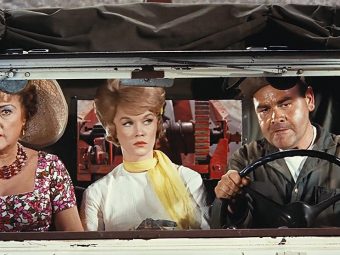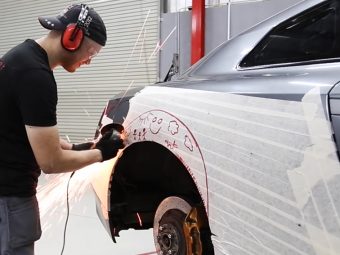Used Car Checklist: 5 Things To Look For In a Used Car
Are you planning on buying a used car soon? There are some things you want to keep an eye out for when you start shopping so you avoid investing in a lemon.
Keep reading for a used car checklist you can use on your next car shopping trip.
1. Research First
Before setting out on your car shopping adventure spend some time researching the different types of vehicle brands and types that you are interested in. If your family has outgrown your current vehicle and you are looking for an SUV then your research will be different than if you were looking for a peppy little sports car.
Once you have figured out what type of vehicle you are looking for you can begin researching the different brands and models and what types of common problems they might have. This will help you when inspecting a prospective vehicle.
2. Inspect the Exterior
First thing you want to do when you have found a vehicle you are interested in is walking around the vehicle and check for any dents, scratches or rust. Usually, small dings or scratches aren’t of any concern but larger issues might be an indication of how the vehicle was cared for previously.
When checking the body of the car make sure that the panels line up correctly. If they are not even it may be a sign that the vehicle was previously in an accident. Next, open and close each door, the trunk, and the hood. Each of these should be smooth and not difficult to open or close.
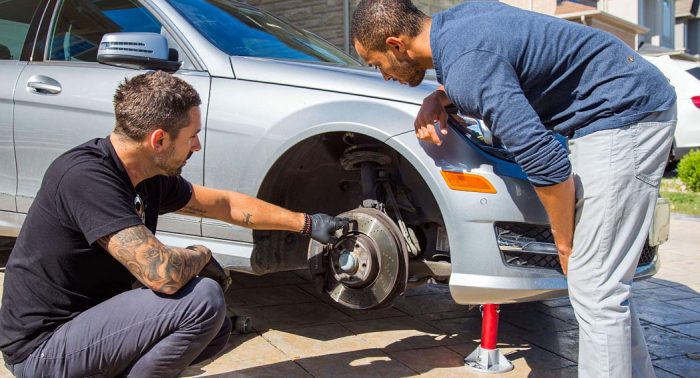
Inspect the tires and take note if they are all the same brand, if they are different you should ask the seller to see if this might be an indication of an accident. Check each sidewall of the tire for any bulging, cracks or scuff marks. Use a penny to check the tire tread, with Lincoln’s head down. If you can still see the top of his head then there is not enough tread and the tire needs to be replaced.
Have someone turn the headlights on and also make sure the turn signals and high beams work. Check the housing of the lights for any damage or cracking, or for any moisture that might be coming in. Head to the rear of the vehicle to check that all three brake lights are in working order, including the turn signals.
3. Interior Inspection
When you get into the car take notice of the odor. If it smells like mildew, must or mold then there may be a water leak or have had some flood damage. If you notice a smell, pick up the floor mats and run your hand over the carpet and see if there is any moisture. Do the same smell check for the trunk of the car.
Make sure to test out all of the seats, even if you don’t plan on sitting in the back. This will give you a chance to see if there is any wear and tear to the upholstery. Also make sure the seat adjustments work well, especially if they are electric, and that you are able to find a comfortable sitting position in the driver’s seat.
Next, turn the car onto the accessory mode and check that the warning lights on the instrument panel turn off after a few seconds. If any of the warning lights stay on then there might be an issue that will need to be addressed before you consider Purchasing. If an outdoor car cover is included then view that as a good sign because it means the seller is taking care of his vehicle.
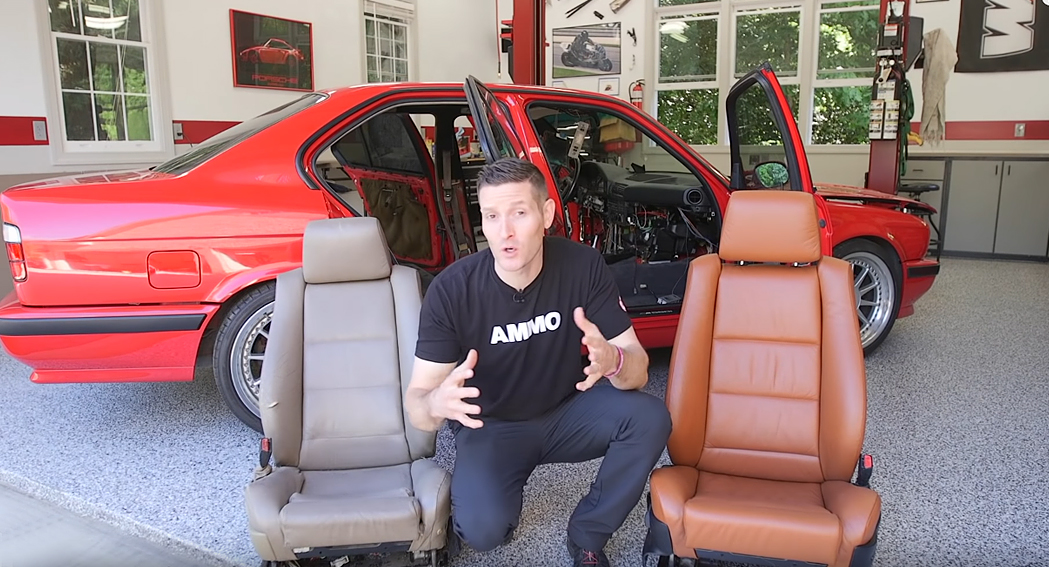
Once you have checked the instrument panel, start the car up and check all of the controls in the vehicle and make sure they work properly. Turn on the radio and check that the speakers all work properly. Make sure to check the air conditioner and the heating system.
4. Engine Checks
One of the most important steps in inspecting a used car is checking under the hood. Inspect the belts and hoses located around the radiator for cracks or holes and check the drive belts for any fraying.
When checking the radiator see if the anti-freeze color is a green or orange color. If it is a rusty or milky color that there is likely a problem with the radiator. If you see any green or orange coloring on the radiator itself then there might be a leak in the plastic reservoir.
Next check the fluids in the car. If the oil was recently changed then it will be an amber color, otherwise, it should be dark brown or black. If you notice that the dipstick is gray or foamy then that is an indication that the vehicle has a blown head gasket or possibly a cracked engine block. This is a serious engine problem that could be costly to you.
5. Take a Test Drive
Once you have completed all your other checks the next step is to take the vehicle on a test drive. When starting the car, pay attention to how long it takes to start-up and if there are any weird noises.
You should take the car on a variety of different road types and go at different speeds. Check for any noises, shakes or vibrations that aren’t normal which might be coming from the front end or steering wheel.
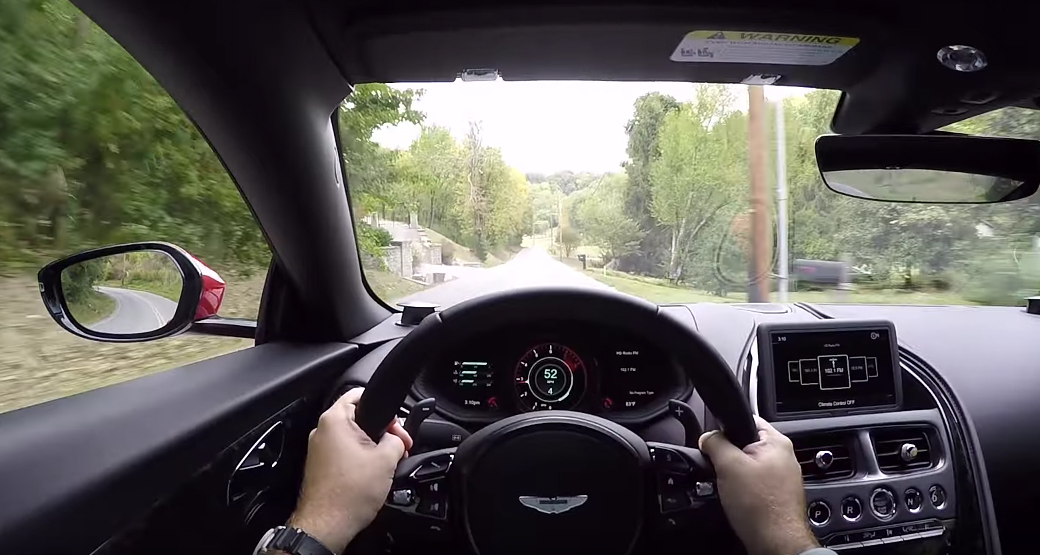
Pay close attention when the vehicle shifts between gears that the transmission shifts smoothly because if it slips, grinds, or shudders uncontrollably, you may have to purchase a remanufactured transmission. Also, check that the brakes are functioning well, provide good stopping power and don’t pull the vehicle to the side when stopping. You can learn more here about what else to look for when taking a test drive.
Learn More About a Used Car Checklist Today!
If you are ready to start shopping for your next vehicle, don’t forget to bring this handy used car checklist with you. With a little research and special inspection, you can find a great deal on a used car and be cruising in no time.
For more auto tips and ideas, be sure to visit our website daily!




